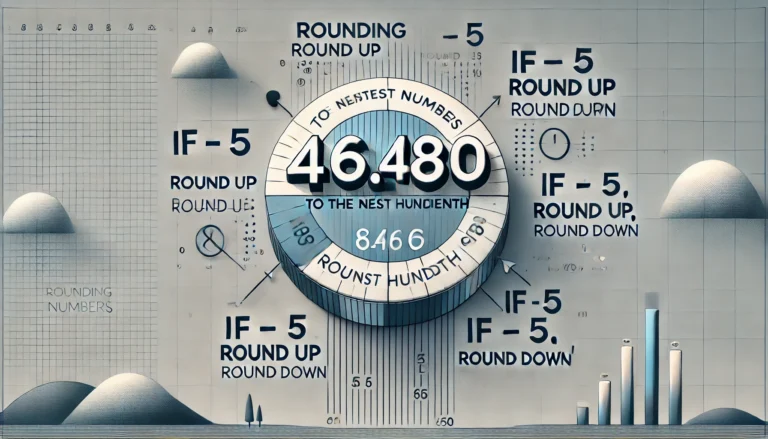
Basketball playoffs are an exhilarating time for fans and players alike. The thrill of competition escalates as teams vie for the ultimate prize: the championship. Understanding the various basketball playoff formats is essential for fans to fully appreciate the drama and strategy involved. In this article, we will explore the different playoff structures used in professional Periods in Basketball, with a focus on the NBA playoffs, and delve into the implications of each format.
Understanding Basketball Playoff Formats
Basketball Playoff Formats Explained
The term “basketball playoff formats” refers to the structures and systems used to determine the champion at the end of a season. Each league may implement different rules and formats, but most share a common goal: to crown the best team through a series of competitive matches.
Common Formats in Professional Basketball
- Best-of-Seven Series: This is the most popular format, especially in the NBA. Teams compete in a series of up to seven games, with the first team to win four games advancing to the next round.
- Best-of-Five Series: Some leagues, including the WNBA, have employed this format in earlier rounds, where the first team to win three games moves on.
- Single Elimination: Used in many lower-tier leagues and tournaments, this format eliminates teams after a single loss, adding urgency to each game.
The NBA Playoff Structure
The NBA playoffs utilize a structured and rigorous format that enhances competition.
Round Breakdown
The playoffs consist of four rounds:
- First Round: Eight teams from each conference (Eastern and Western) compete. The higher seed plays the lower seed in a best-of-seven series.
- Conference Semifinals: The four remaining teams from each conference face off in another best-of-seven format.
- Conference Finals: The last two teams from each conference play to determine the conference champion.
- NBA Finals: The Eastern and Western champions compete for the championship title, also in a best-of-seven series.
Seedings and Home Court Advantage
Understanding Seedings
Teams are seeded based on their performance during the regular season. The top eight teams in each conference qualify for the playoffs, with the higher seeds playing the lower seeds. This seeding system ensures that the most successful teams have a better chance of advancing.
Home Court Advantage
Home court advantage plays a crucial role in the playoffs. The higher-seeded team gets to host Games 1, 2, 5, and 7, which often provides an edge due to familiar surroundings and fan support. Historical data shows that teams with home court advantage generally perform better in playoff series.
The Importance of Playoff Formats
Competitive Integrity
Different basketball playoff formats can significantly impact a team’s strategy and performance. The best-of-seven series allows teams to recover from a single loss and emphasizes consistency over time. In contrast, a single-elimination format demands peak performance in every game, adding pressure but also excitement.
Fan Engagement
Engaging fans during the playoffs is critical for the league’s success. Various formats influence how fans experience the games. Longer series often lead to more intense rivalries and storylines, keeping fans invested throughout the playoffs.
Challenges and Controversies
Scheduling Conflicts
One of the main challenges with playoff formats is scheduling. The NBA playoffs can extend well into June, creating potential conflicts with the start of the next season. This can lead to player fatigue and impact their performance in subsequent seasons.
Fairness and Balance
Critics sometimes argue that certain formats favor higher seeds disproportionately. For example, if a lower seed pulls off an upset, it can lead to a situation where an underperforming team reaches later rounds. Balancing competitive fairness with the excitement of upsets remains an ongoing debate among fans and analysts.
Innovations and Future Directions
Alternative Formats
As basketball continues to evolve, leagues are exploring alternative formats. The introduction of the play-in tournament in the NBA allows teams that finish 7th to 10th in their conference a chance to compete for the final playoff spots. This innovation has added excitement and unpredictability to the playoff race.
Global Influences
With basketball’s global expansion, other leagues around the world may influence playoff formats. For instance, international competitions often employ different structures, which could inspire future changes in the NBA or WNBA formats.
Conclusion
Understanding basketball playoff formats is essential for any fan looking to deepen their appreciation of the game. From the best-of-seven series to the impact of seeding and home court advantage, each element contributes to the overall excitement and competitiveness of the playoffs. As the landscape of basketball continues to change, the formats may adapt, but the thrill of watching teams battle for supremacy will always remain. The passion for basketball, especially during the playoffs, will continue to unite fans, creating lasting memories and rivalries for years to come. As we look forward to future playoff seasons, staying informed about these formats will enhance your experience, allowing you to appreciate the strategies and stories that unfold on the court. Embrace the excitement of the basketball playoff formats and enjoy the journey toward crowning the next champion!




